During the early summer of 1868 the first cycling competitions emerged under enormous interest. Already a few months later the predecessor of the cyclo-cross, the obstacle races, were organized.[1] The gradual transformation from velocipede to penny farthing bicycles, the Franco-Prussian War, the political complications of the Paris Commune and the diplomatic troubles of the constitution of the French Third Republic prevented a smooth development of the emerging cycling sport on the European mainland.
Nevertheless short after the turn of the century the cyclo-cross competitions made a breaktrough as a fully fledged cycling discipline.
During the last decade of the nineteenth century the mass production of the safety-bike lead to an increasing interest of cycling as a recreation and competition sport. This bicycle was a lot safer and had a better manoeuvrability than its predecessor while the comfort had increased significantly by the invention of the pneumatic tire. Recreational and competitive cycling was no longer connected to the tracks of the velodromes. The first inter-city classic races with distances of several hundreds of kilometers were organized. And cycle tourist clubs were founded by the bourgeoisie who regularly drove off to the countryside as a kind of escapism from the expansive urbanization and its pollutant industry.[2] The recreation tours in the nearby nature of the outskirts of the cities also lead to the arise of several competitive cycling variations.
Fox hunting with paper cuts and steeple chase
The paper hunt or paper chase, also known as the Hare and Hounds or Chalk race, was a pedestrian racing game during the eighteenth and nineteenth century in English private schools to prepare the young gentlemen for their future leisure sport, fox hunting.[3] One or more pupils called the foxes or hares got a ten to fifteen minutes lead and made the trail with shredded paper while being chased by the dogs group. Whoever caught up the foxes/hares or crossed the finish line as first won the contest.
In the nineteenth century the fox was hunted almost constantly until the moment foxes were nearly wiped out in several parts of France and Belgium.[4] Paper-hunting with horses turned out to be a worthy alternative, especially in military circles.[5] For example the Crown Prince Albert I was grounded for several weeks to recover from his injuries after a serious accident in a paper hunt organized by the officers horse club of the 2nd Guides Regiment in May 1901.[6] And by lack of foxes or other wildlife the English colonials in Australia and China founded paper hunting horse clubs in order to preserve their favorite ancient sport.[7][8]
During the last decade of the nineteenth century cycle tourist clubs started to add a competitive aspect to their weekly excursions on the unpaved paths in the countryside and forests by organizing paper hunts with bicycles. Until the emergence of cyclo-cross a few years later the popularity of bicycle paper hunts increased constantly and even made it to a fully acknowledged discipline in the Belgische Wielrijdersbond, the Belgian cycling union. In general the races were organized in the forests South of Brussels. Also steeple chase or obstacle races as they were called twenty years before regained popularity under the French term course au clocher.[9]

A paper hunt organized by the Belgian cycling union (BWB) in Ter Kamerenbos near Brussels
Source: Le Vingtième Siècle, October 31 1897
Hunting balloons
The balloon races in Belgium and France also emerged in the eighteen nineties and were more or less based upon the same principle as paper hunting. The cycling race started at the same moment and at the same place where the balloon took off, mostly at a market place or at the center square of the local velodrome. The racers followed the balloon in the countryside by taking shortcuts trough the fields and woodlands. The finish was there where the balloon landed, mostly followed by another cycling race back to the starting point.
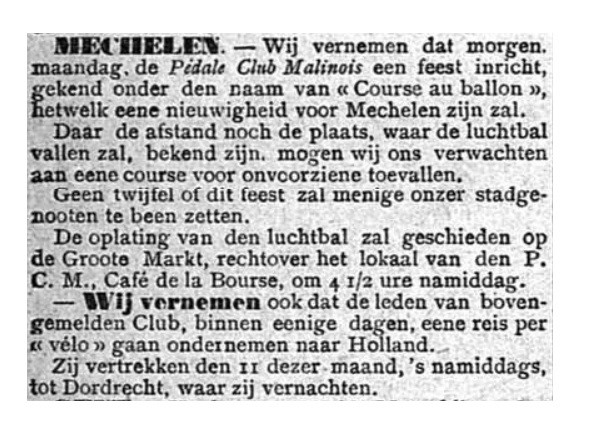
Advertisement of a balloon race in Mechelen
Source: Het Laatste Nieuws, August 5 1894
Scouts and carabiniers
The French army also had a considerable proportion of the emergence of cyclo-cross. The folding bicycles designed and built by captain Henri Gérard were often used in infantry en cavalry regiments.[10] They were as fast as horses but a lot smaller, lighter in weight thus consequently easier to handle, and cheaper to buy and to maintain. In addition, using a bicycle instead of a horse provided an important tactical advantage. A military scout on horseback was quickly spotted and an easy target while the cyclist was a lot more efficient for infiltration and reconnaissance missions. The intensive training sessions in the exercise fields automatically introduced a competitive aspect that lead to off road cycling races.
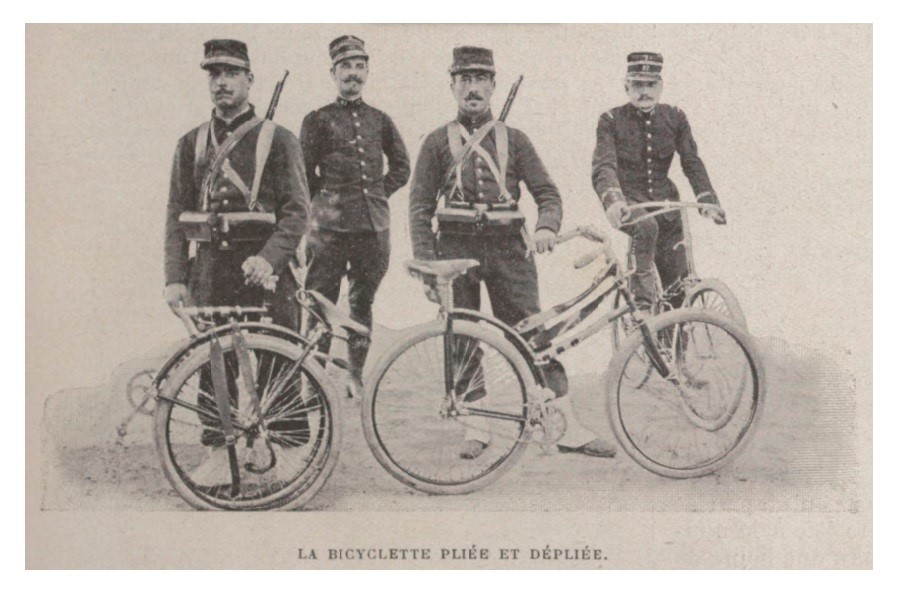
French cycling carabiniers with their folding bike
Source: La Vie au Grand Air, 1 October 1898
UBSSA and USFSA
The multidisciplinary sporting clubs and sport unions like the UBSSA (Union Belge des Sociétés de Sports Athletiques) en de USFSA (Union des Sociétés Françaises de Sports Athlétiques) played a fundamental part in the amateur and recreation sports until the outbreak of the First World War. In a lot of these clubs the members could practice more than one sporting discipline among which athletics and cycling. They regularly organized events where both disciplines were practiced, sometimes even combined with handicap races of cyclists racing against long-distance runners.[11] To keep in shape during the winter time and in order to prepare themselves for the coming cycling season the cyclists used to train with their colleagues of the athletics department and even participate in cross-country races. Otherwise the French cycling union UVF (Union Vélocipédique Française) also regularly organized cross-country races until the idea of combining the two sports emerged.
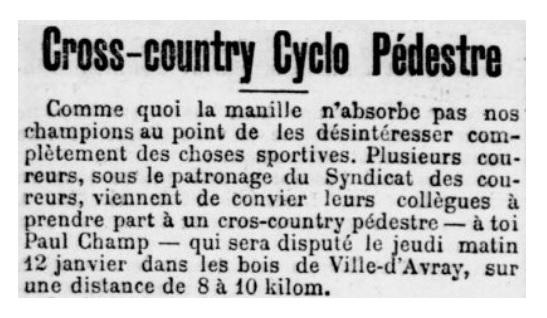
Announcement of a cross-country race organized by the French cycling trade union in Ville d’Avray (Paris)
Source: Le Vélo, 6 January 1899
The first cyclo-cross races
The first cyclo-cross races were introduced by the former French military Daniel Gousseau short after the turn of the century. In the eighteen nineties he had joined two cycling clubs in two different federations: as a competitive amateur at the Vélo-Club du Livre (USFSA) and as a founding member and secretary of the Cyclo-Club de Paris (UVF).[12] On January 10 1901 he was offered the job of secretary-general in the UVF.[13] Thanks to his diverse contacts and influence in both the sporting federations he operated as an intermediary to start negotiations with the USFSA and UVF. As editor-in-chief of the association magazine Union Vélocipédique Française: Bulletin Officiel he announced proudly on November 10 1901 that he had established a cooperation between the two federations. From that moment the USFSA had the exclusive right to organize all the athletic competitions, and the UVF all cycling events.[14]
Already a week later on Sunday November 17 1901 Gousseau and his Cyclo-Club de Paris organized the very first official cyclo-cross race. The five kilometer long track started at the Ferme de Malabry and crossed the forests of Verrières, South of Paris.[15] The weeks after more try-out races followed in the forests of Fontainebleau, Meudon, Verrières, Chavilles and Ville d’Avray, all in the Southern outskirts of Paris.[16]
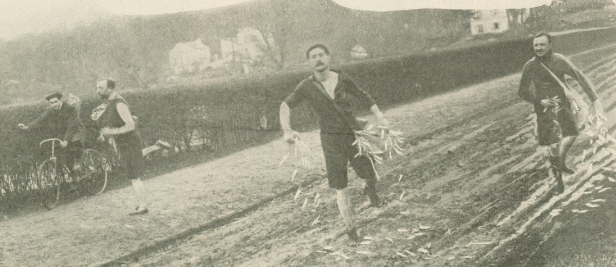
Marking of the track of the cyclo-cross race in Ville d’Avray in 1903
Source: La Vie au Grand Air, 17 March 1903
Sometimes the track of the races was marked by brightly colored paper scraps, just like in paper hunts (see image).[17] On other events the driving direction was shown underway on big posters.
Actually the short succession of these races during the winter was the precursor for the first national championship cyclo-cross by the UVF under the guidance of Daniel Gousseau on Sunday 16 March 1902. The starting point was the Ferme de Malabry again. The trajectory of twenty five kilometers on mostly unpaved roads and paths crossed the forests of Verrières and Meudon and the valley of Bièvre. The finish line was situated at the crossroad of Petite Bicètre, only a few hundred meters of the start.[18] Nineteen of the thirty three registered participants reached the finish line at the presence of about three hundred spectators and fans. The favorite Ferdinand De Baeder who already had won several races was the first French champion cyclo-cross in 1 hour 2 minutes and 34 seconds, followed after a sprint and at a bike length by Henri Vazieux.[19]
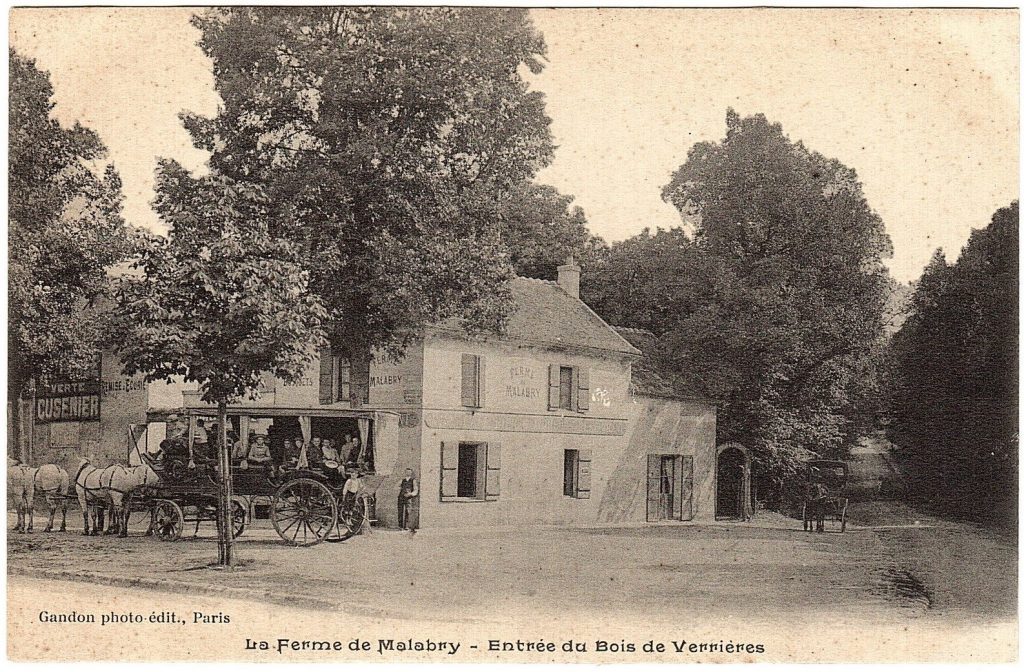
The starting point of the first French championship cyclo-cross, the ‘Ferme de Malabry’ with the access to the forest of Verrières (Picture postcard)
Article @ Filip Walenta
References
[1] Walenta Filip, ‘Early Cycling and Cycling Competitions 1868-1870: The Equestrian Inspiration Source’, Project Karelvanwijnendaele.be. <https://www.playingpasts.co.uk/articles/cycling/early-cycling-and-cycling-competitions-in-1868-1870-the-equestrian-inspiration-source/>.
[2] Holt R., ‘The Bicycle, the Bourgeoisie and the Discovery of Rural France, 1880-1914’ in: British Journal of Sports History, 2 (1985)2, 127.
[3] ‘Paper Chase (game)’, Wikipedia. The Free Encyclopedia. <https://en.wikipedia.org/wiki/Paper_Chase_(game)> (Accessed: January 25, 2021).
[4] Tack, Guido et all., Bossen van Vlaanderen: een historische ecologie, (Davidsfonds, 1993), 163.
[5] La Meuse, June 13 1881; Courrier du Berry, July 1 1882; La Gazette de Chateau-Gontier, January 28 1886.
[6] Het Nieuws van den Dag, May 28 1901; May 29 1901; June 4 1901.
[7] l’Echo du Parlement, April 29 1873; ‘The Shanghai Paper Hunt’, Historic Shanghai, 2014.
<http://historic-shanghai.com/the-shanghai-paper-hunt> (Accessed: January 23, 2021).
[8] The Border Watch, August 24 1907.
[9] Le Vélo, December 31 1892; Journal de Bruxelles, February 25 1898; Le Vélo, February 28 1899.
[10] Le Rappel, August 28 1895; l’Univers, August 31 1895; La Mayenne, September 1 1895.
[11] l’Indépendance Belge, April 5 1886; Le Petit Provençal, December 12 1898.
[12] l’Auto-Vélo, October 25 1900.
[13] Le Journal, January 20 1901.
[14] l’Union Vélocipédique de France: Bulletin officiel, November 10 1901.
[15] Le Vélo, November 17 1901.
[16] l’Auto-Vélo, November 25 1901; l’Echo de Paris, December 6 1901.
[17] Le Vélo, February 17 1902.
[18] l’Auto-Vélo, March 3 1902; La Laterne, March 13 1902; Le Vélo, March 12 1902.
[19] l’Auto-Vélo, March 17 1902; l’Evénement, March 18 1902; Le Vélo, March 17 1902.

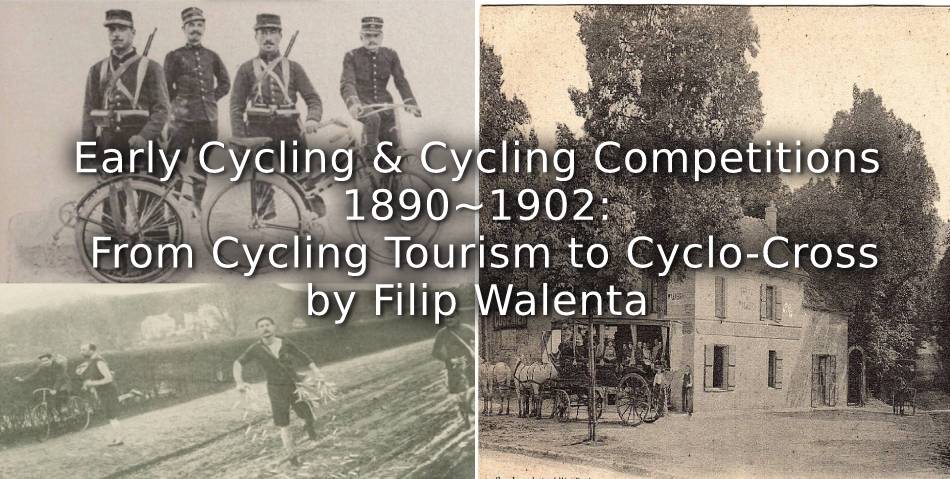
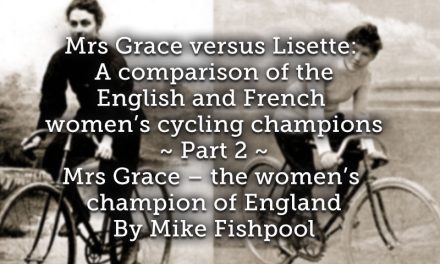
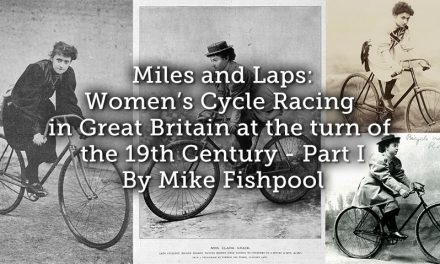


My husband has a third prize medal won by his grandfather from the 1902 cycling race for the century road club association. What can you tell me about it?